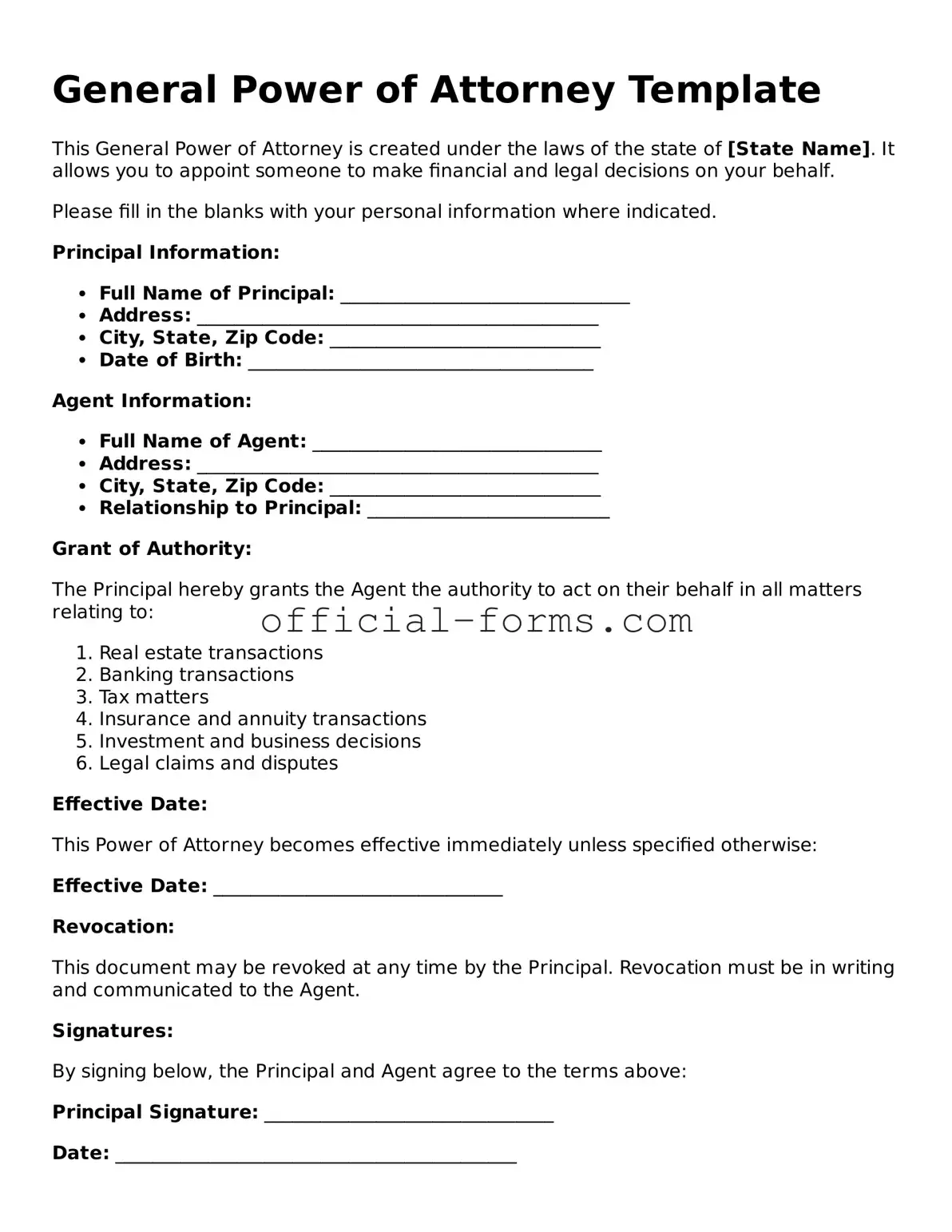The Power of Attorney form serves as a vital legal instrument, empowering individuals to appoint someone else to act on their behalf in various matters, from financial transactions to healthcare decisions. This document can be tailored to fit specific needs, granting broad or limited authority depending on the granter's wishes. When executed properly, it ensures that the appointed agent can manage affairs seamlessly, even in situations where the granter may be unable to do so due to illness, absence, or incapacity. Understanding the nuances of this form is essential, as it encompasses various types, including durable, springing, and medical powers of attorney, each serving distinct purposes. Furthermore, the process of creating and revoking a Power of Attorney involves careful consideration of the implications and responsibilities it entails, making it crucial for individuals to fully comprehend their rights and obligations. Ultimately, the Power of Attorney form not only facilitates the management of personal and financial matters but also provides peace of mind, knowing that one's interests are safeguarded by a trusted individual.
